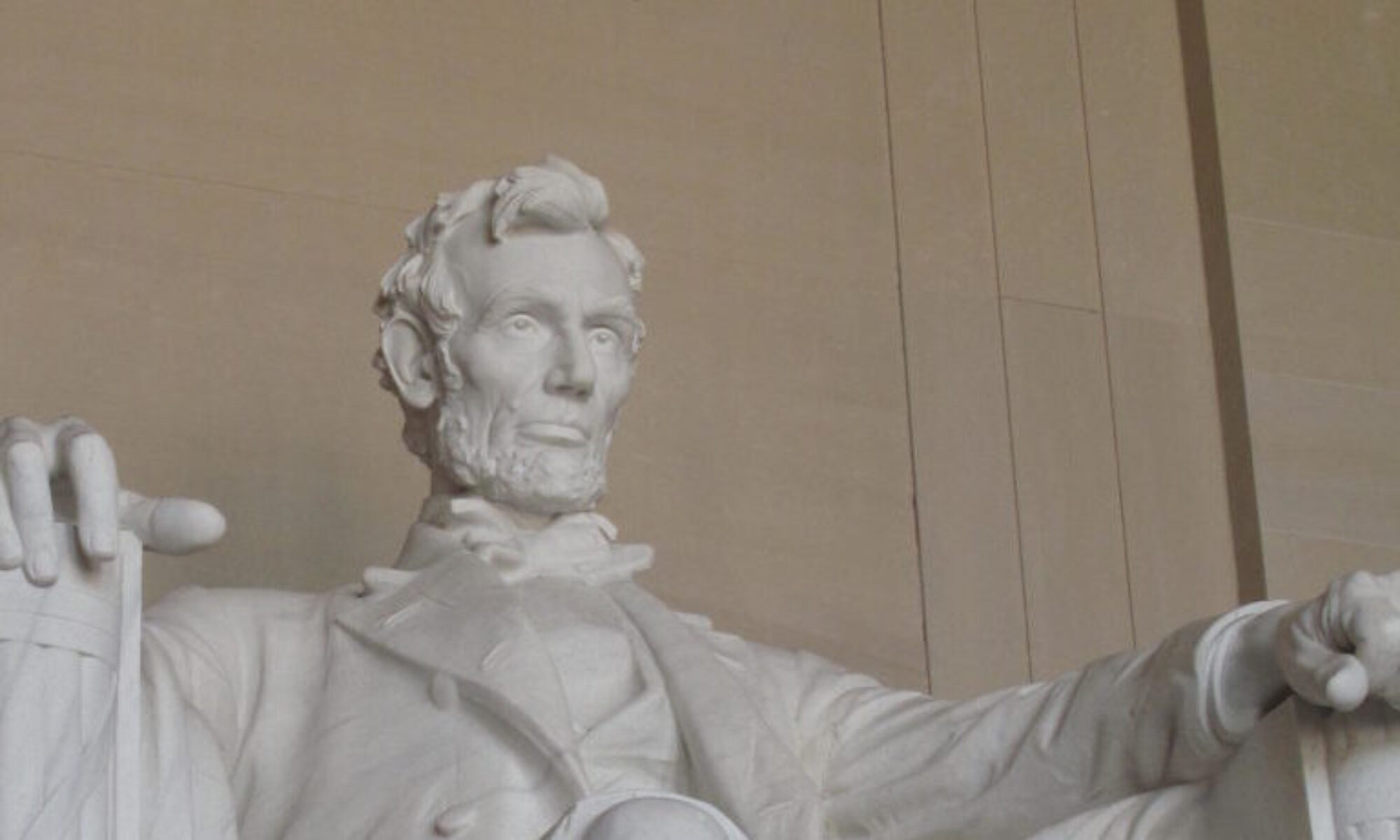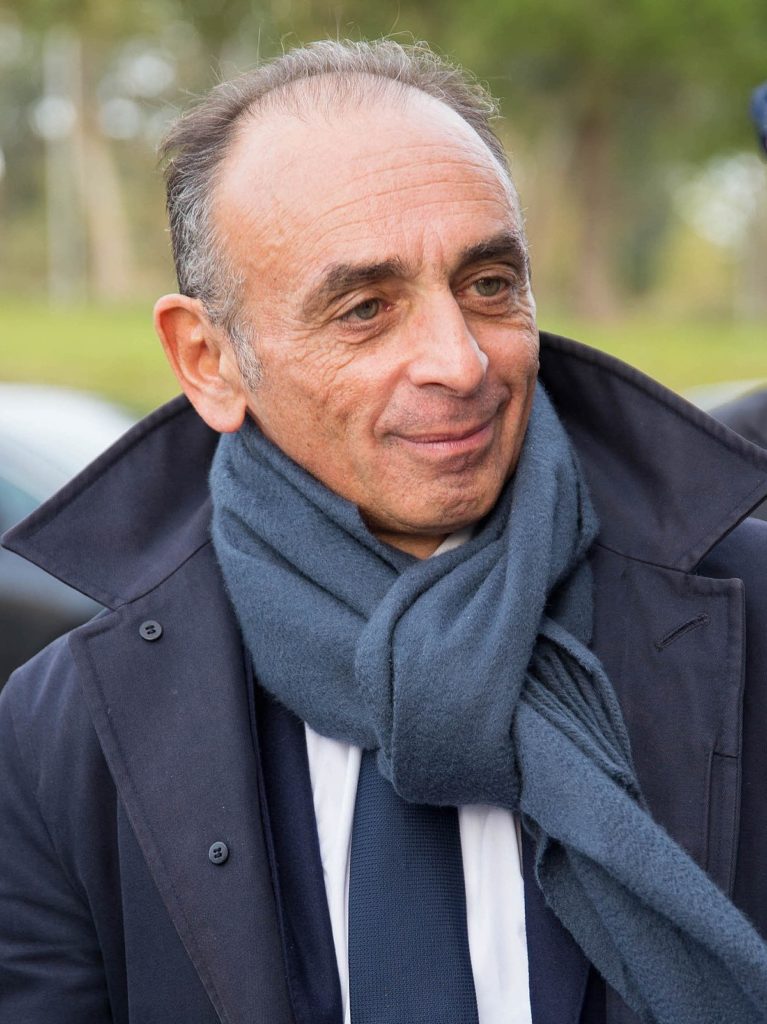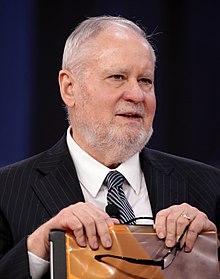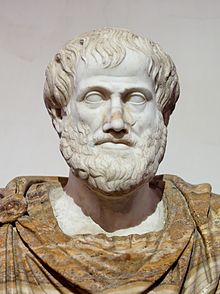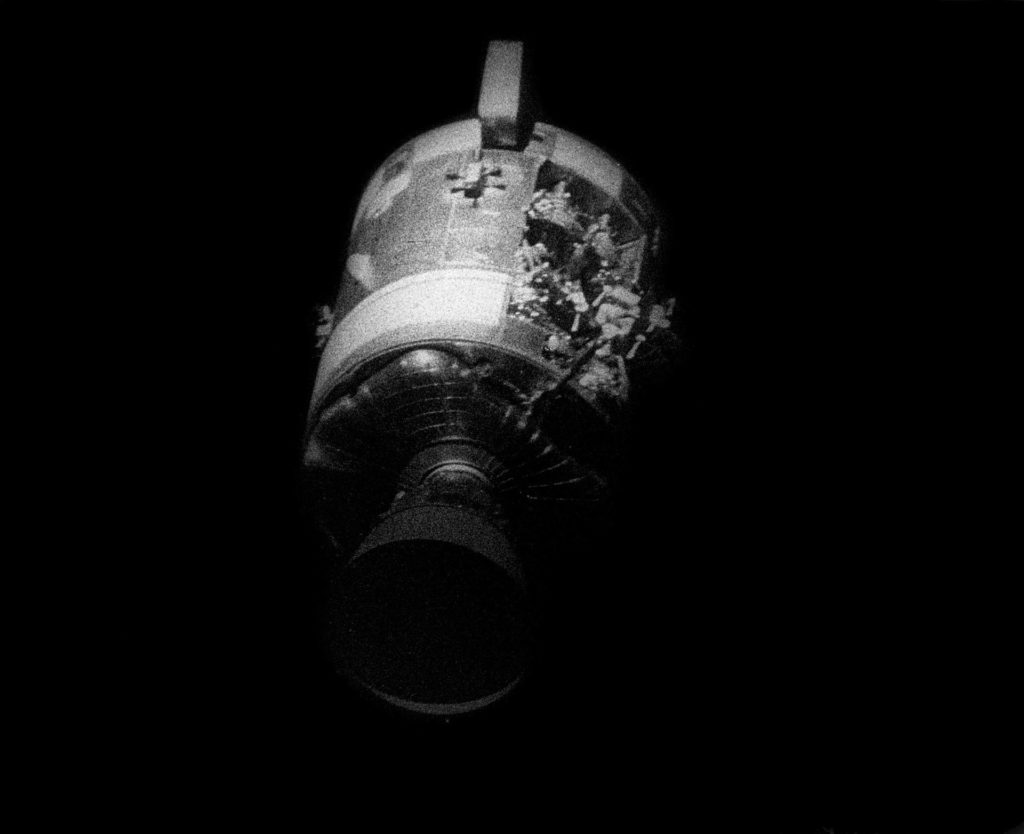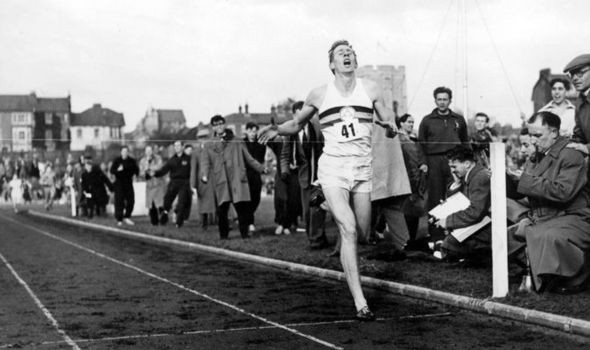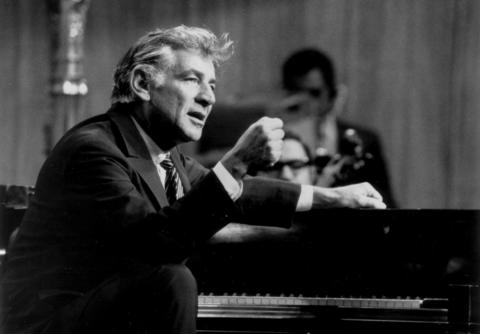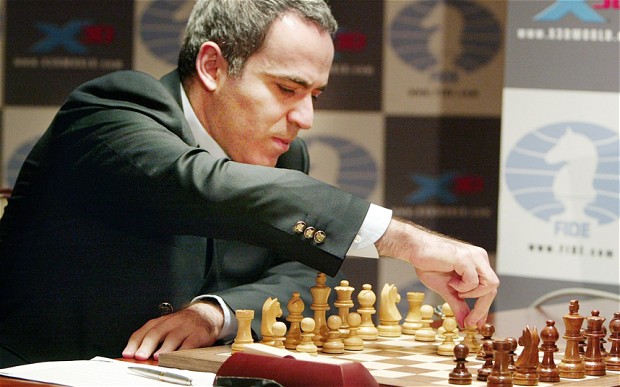A story that resonates with American voters is a developing saga on the French political landscape. In 2015, a business celebrity figure with no political lineage or identifiable establishment support headed down an escalator in New York City directly into the maelstrom of American establishment politics, showing little tact and much disdain for the establishment, political instincts antithetical to traditional political tactics for winning, no identifiable political philosophical platform other than filtering all decisions to reflect what he vociferously and vaguely heralded as “making America great again” ….and managed to thrash every other opponent securing miraculously the highest office in the American political order. Now France is experiencing a similar phenomenon that has the potential to uproot the French political landscape and disrupt traditional parties like no one since Charles De Gaulle. A societal commentator and acerbic writer named Eric Zemmour is rocketing up the polls assessing candidates for the French Presidency, currently held by Emmanuel Macron, and the French establishment is growing concerned that Zemmour may be an unstoppable populist force. The result is, like Trump, Zemmour is accumulating similar, just as determined, establishment enemies. The building story of Zemmour and similar threats to the globalist establishment that has sought to bring the end of the nation state, is the onus for Éric Zemmour to be Ramparts People We Should Know – #36.
Ramparts was borne as a repository for those of us who looked upon with favor the traditional multi-faceted story and accomplishments of western civilization. The cornerstone of the incredible outpouring of achievement was created by a geographic reality sufficiently in continuity as to drive recognition of those achievers and stimulate discourse and desire to emulate and exceed. The birthplace of the western ideal, from beginnings in Greece, transported across the Mediterranean basin by the Roman legions, then set aflame by the evangelic spread of Christianity, created a unifying force of intellectual pursuit and human productivity and creativity that bridged the extremely diverse cultures and languages of Europe. The direction of spread and the singularity of the idea of culture led to inevitable conflicts with both contrarians within and those of other developmental cultures without, with darker, at times, ugly and violent impulses of human nature, to dominate those who did not share in the vision or shared experience. It is the fulcrum of conflict and critical theory that Karl Marx and his adherents have sought any mechanisms that seek to destroy any individualist yearnings and connect all humanity on a collective singularity. Among the mechanisms are the use of critical bludgeoning descriptors of racialism, inequity, and science denialism. The globalist victory looks to extinguish forever the characteristics of western culture that celebrated individual competition, and with that victory, eliminate any need for barriers that seek to separate that success from those who don’t accept any of the responsibilities associated defending that culture.
The excesses of the twentieth century gave the twenty-first most of the ammunition for a real chance at achieving the global vision without significant conflict. By the end of the nineteenth century, the western version of culture was the dominant global force. The British Empire administered 25% of the global population, coursing across five continents and distributing a common language, educational structure based upon western concepts, and the concept of rule of law. French, Spanish, and Russian Empires functioned under the earlier Roman philosophies and the connecting force of religion. Emerging German and Italian nation states sought their own version of transcontinental influence. The inevitable competition imbued through the western concept, however, was now impregnated with the modern logistics and lethal force made possible by industrial development and science, such that, for the first time, the tumult left no room for any ability to stand aside and resist becoming involved. For the first time, essentially the entire globe was drawn in, and the extent of the destruction for the first time had western confidence regarding the ultimate superiority of the cultural vision significantly called into question. Rather than a period of healthy introspection, the next twenty years culminated in an only more revanchist, extremist efforts to define a final victorious outcome between the Marxian Soviet Socialist utopian vision of the Comintern and the Racial National Socialism of fascist Nazism through a second brutal world war, with the near mortally weakened western ideal defined by western democracy pushed to its darkest time. In a remarkable turnabout, the crushing defeat of the Nazi machine and its overt racialism in 1945, and the stunning eventual collapse of the Socialist utopian Soviet Union in 1989, left the exhausted and morally conflicted western democratic and capitalist free market proponents supreme. The victors, though economically triumphant, were diminished by a moral deficit, population contracture, and civilizational fatigue promulgated by almost 100 years of sustained conflict and destruction. The result has been the emergence of long suppressed alternative non-western versions of society and culture, and a massive injection of population through immigration seeking the western economic security while vociferously resistant to living in their adopted country under western ideals of thought and principle.
France has been ground zero for the most utopian visions and direct conflict. The 1789 revolution was fueled by the Rights of Man republican utopian vision, only to rapidly degenerate into the Jacobin Reign of Terror, followed by the totalitarian Directorate. So chaotic and radicalized was the intellectual impulse for power, that stability came only through a strong man, Napoleon Bonaparte, who directed the internal chaotic energy into a trans-national military hegemon that absorbed nearly all of Europe. The overbearing sense of national identity led to direct conflict with England, Prussia, Russia, and ultimately three massive, ruinous wars with Germany between 1870 and 1945. France, from Carolingian times to the post world war II period under De Gaulle has sought to express its national identity in an outsized fashion. The ultimate European lesson absorbed by the post war intellectual class is that the demon was the nation state itself, and all efforts to suppress a national identity can only improve the chance of a post historical, non-competitive peace. France has therefore spent the past sixty years absorbing massive populations from its former colonies, subjugating itself within the bureaucratic Union of European states, and questioning the value and very meaning of what it means to be French. France in 2008 subjected itself to the legal bureaucracy of the European Union despite the firm rejection by referendum in 2005 of the proposed EU”constitution” . The historical image of a Frankish people tied by a single language, history and catholic morality is now being markedly converted by a burgeoning immigrant based Islamic population approaching 12% of the total population with three times the rate of birth of generational french families, the majority population progressively in cities, and antithetical to French concepts of culture and law once felt sacrosanct. The new arrivals see little value or need in absorbing French culture to survive and conflicts are beginning to be predictably and progressively violent at the touch points. Many neighborhoods are now “no go” zones for police, violent terroist attacks have grown more brazen and barbaric, with public beheadings of teachers and priests, and exemplified by the mass attacks of Charlie Hebdo and the Bataclan and Bastille Day massacres. Ancient grievances and prejudices are the not unfamiliar responses to societies incapable of occupying the same space. As a result, consensus as to a modern France, much like other countries with similar population pressures, are rapidly devolving. The political and media establishment had hoped the cultural pressures would have been forever dissolved into the generic global identity, to allow progressive energy and resources in further national identity destructive projects of “climate crisis” and “woke identity”. Instead, countries such as the United States, Russia, Poland and Hungary have experimented to various degrees with leaders standing athwart such trends. France, with its revolutionary history, is know asking itself, can a national identity be positively harnessed without the historical bombastic effects of nationalism it has paid so gravely for?
The French Presidency has a powerful seven year influence on all facets of French world view. The current President, Emmanuel Macron, attempted to bridge the major “Socialist” and Republican” with a post political party post modern European directed approach to France. He has been buffeted from all directions and has failed to articulate a future that he hoped would develop a great middle resistant to the extremes. The Presidential electoral process goes through a “first to the gate” strategy that positions the top two vote getters in the primary to face a run off against each other in the summer. Christopher Caldwell in Claremont Review of Books has superbly reviewed the surprising political ascendance of Éric Zemmour, a well known celebrity author and commentator with a penchant for avoiding any vagary typically associated with political runs for office. Zemmour has been laser focused on the “Islamic question” as to ongoing immigration and he has not held back on his insistence that a halt be placed on further immigration. He has railed against what he sees in his own neighborhood of a “defranceification” of communities and loss of the essence of French life in neighborhoods. He is French born, but his roots are Algerian as his family migrated from Algeria when Algeria was still considered part of France and 10 years before DeGaulle determined to end conflict by guaranteeing Algerians their independence. He sees neither his family’s ancestral devout Judaism or their subsequent migration as hypocrisies of his current stances.
His exceptional political weapons are his articulate and erudite rhetorical style and mountains of good will and engagement by millions of French citizens achieved through years of popular political television commentary and multiple articles and books. the French often celebrate their philosopher intellectuals as celebrities and Zemmour is at the pinnacle of modern french media. It is not clear the extent to which the successful outsider Trump candidacy for President whetted his appetite to try a similar quixotic political mission in France, but no doubt it influenced others to impress upon him the similarity of the opportunity. As he looked across the landscape of Europe, he saw the successful and contrarian approach of Victor Orbán in Hungary and feels France can be approached with similar arguments. The previous two French Presidential elections have seen the rise of anti-immigration platforms from the far right political party National Front represented by the LePens but the taint of anti Semetic and vaguely fascistic postures by the senior LePen led to a ceiling of support and eventual defeat for both he and his daughter. Zemmour carries none of that baggage and has in most recent polling surged past the National Front to second place at 17%. He may well be a dramatic counterpoint to Macron that proves irresistible to voters tired of the impotence they feel toward the nation’s problems.
Despite the differences in personality and intellectual approach, Zemmour and Donald Trump have something deeply in common – the virulent disdain of the establishment toward the idea of such a person in the Presidential seat. Trump was identified as “enemy” by the deepest organs of the government and media, and was from even before his victory targeted by a dirty trick campaign from his opponent Hillary Clinton, who easily subverted his candidacy with a false Russian collusion narrative that swept the government and was accepted as gospel, hobbling his Presidency. He endured three years of special prosecutor, house committee and FISA court assault, resulting in two Impeachments. The anti-democratic extent of the dirty play, as bad as it was, may never be fully known. The French establishment invective against a Zemmour campaign may be every bit as virulent as his views are considered a possible primer for a civil war. With over a 1000 civilian deaths since 2015 to Islamic extremists, they might not realize the civil war is already underway. Regardless, elite France, tied to the European Union, and the Europeans themselves, will likely do whatever it can to prevent an Orbán type President in France.
One can certainly understand the hesitancy in Europe toward Nation states and their sense of unique national character. The disastrous previous century’s supra-national competitive narcissism led to tens of millions of deaths. The larger question however for Europe is what future exists in the current chosen cultural decline in families, literature, language, heritage, and self esteem that plagues modern Europe and my leave it in 20 years subordinate to outside forces and internal strife. Is there a place for preservation of the characteristics of a shared national heritage without reigniting the darker elements of its past? France is about to have that debate. Europe, and America, will be watching.
